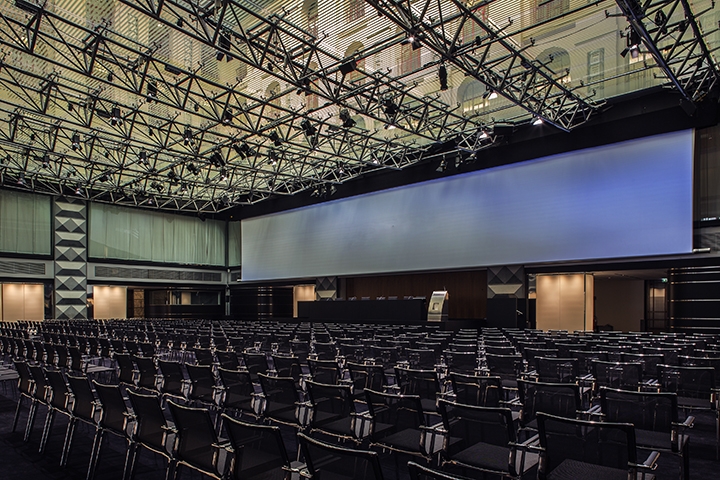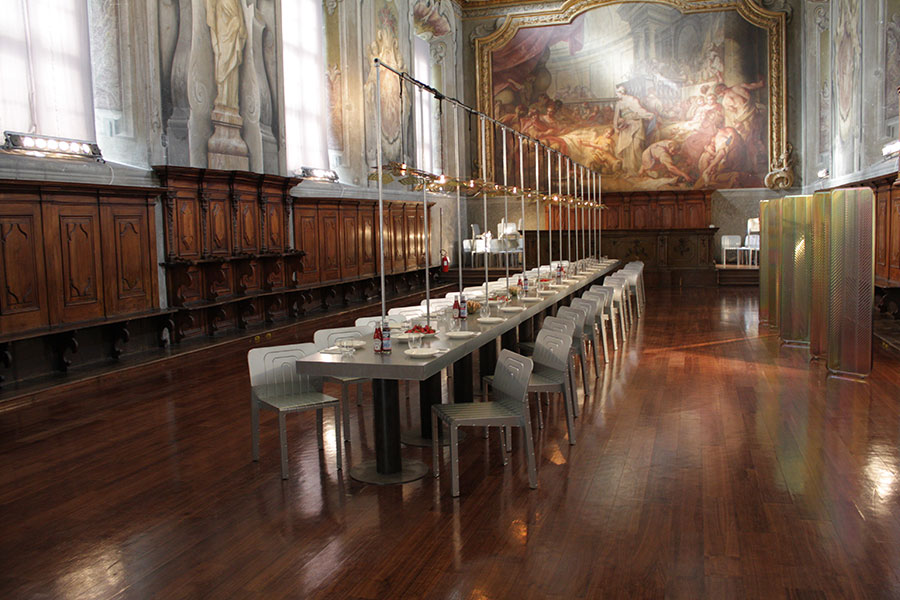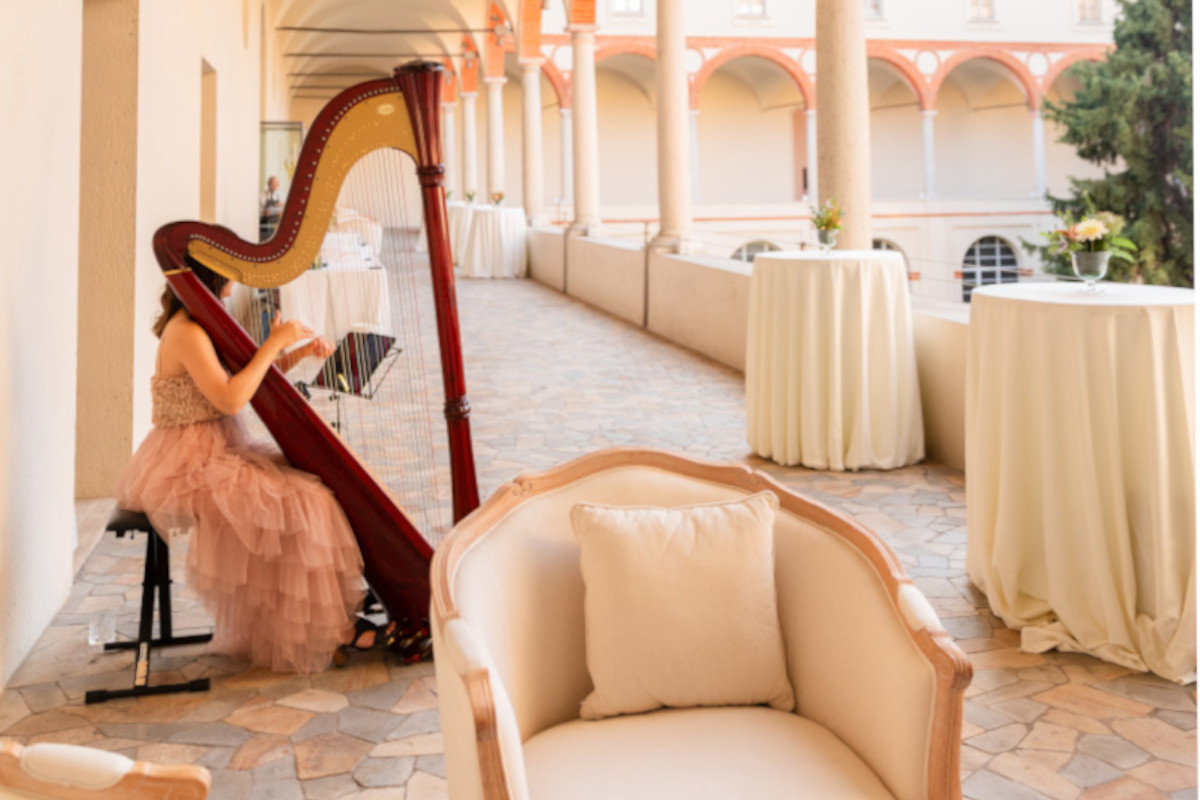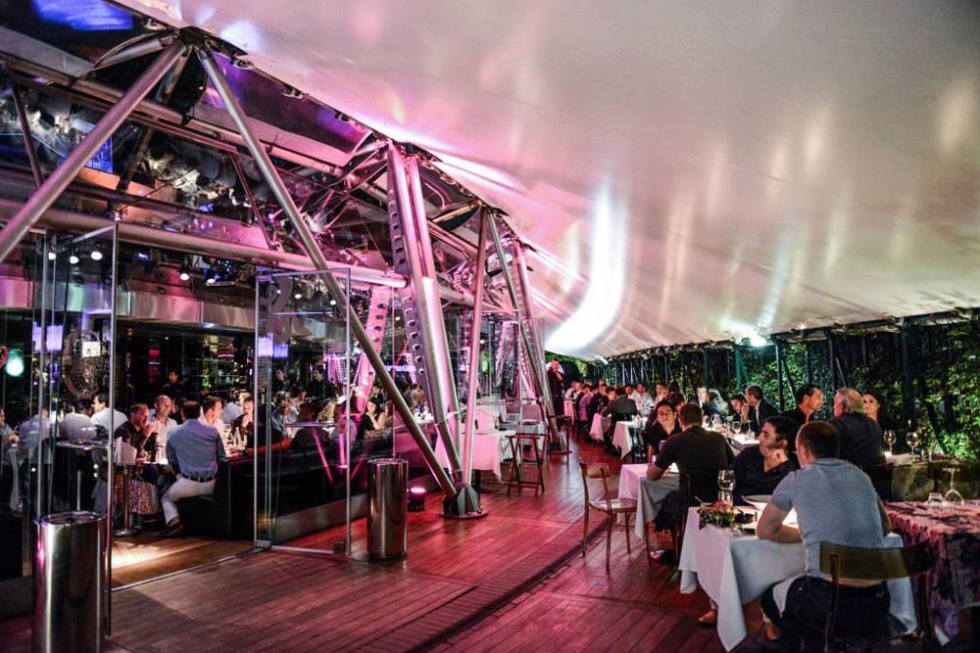Meetings e Conventions: Essential Steps and Perfect Location
Organizing meetings and conventions requires meticulous planning and attention to detail.
From defining objectives to selecting appropriate venues, every step plays a pivotal role in ensuring the success of such events. Efficient organization not only enhances participant engagement but also reflects positively on the hosting entity. Therefore our advice is to follow each step with the utmost attention.

Establishing Clear Objectives and Structure
The first critical step for any meeting or convention is to identify the event’s purpose and target audience. Goals must be clearly defined, as they will guide all decisions throughout the planning process.
Once the objectives are firmly in place, organizers should develop a comprehensive schedule that includes keynote speakers, breakout sessions, and networking opportunities—especially when planning large-scale events.
A historic palace in the heart of Milan, equipped with state-of-the-art audiovisual technology, offers an ideal setting for such gatherings. It features remnants of a Roman imperial theatre and boasts spacious, versatile rooms tailored for corporate events, making it well-suited for activities requiring high-quality technical infrastructure.

Selecting the Right Venue for Event Goals
Matching the event’s format with the appropriate venue is essential. Factors such as capacity, location accessibility, and amenities must align with the expectations of attendees and organizers. Additionally, venues should offer adaptability to accommodate various logistical needs, whether for small-scale gatherings or grand conventions.
Another excellent option in Milan is a theater in the Missori district, located within the historic heart of the city. Its key features include an expansive 630-square-meter elliptical hall, an adjacent 300-square-meter foyer, and a dedicated catering area. Its layout and central location ensure convenience and functionality for mid-size conventions or meetings.

Considering Accessibility and Technological Requirements
Accessibility remains crucial when selecting a venue, particularly for participants traveling from diverse locations. Proximity to transportation hubs and reliable technological infrastructure should strongly influence venue choice. Spaces equipped with cutting-edge facilities contribute to a seamless execution of presentations and discussions.

The Palazzo Storico for Congresses in Cordusio, situated close to Milan’s iconic Duomo, exemplifies strategic location planning. Home to the Chamber of Commerce, this venue offers modern conference rooms accommodating up to 150 people, well-connected via public transport and equipped with advanced technological systems.
Managing Large-Scale Events with Specialized Venues
For extensive conferences and international gatherings, venues designed to host thousands of participants are indispensable. Equipped to handle large crowds and complex activities, these locations offer expansive areas, advanced technology, and support services that facilitate smooth event management.

The Center Congressi Milano Nord Ovest stands out as one of Europe’s largest event spaces. Designed in 2002, the facility features 65 conference rooms with the capacity to serve up to 18,000 attendees. Spanning 50,000 square meters, it is particularly suited to large-scale conventions, commercial fairs, and international corporate summits, ensuring adequate resources and infrastructure for extensive programs.





